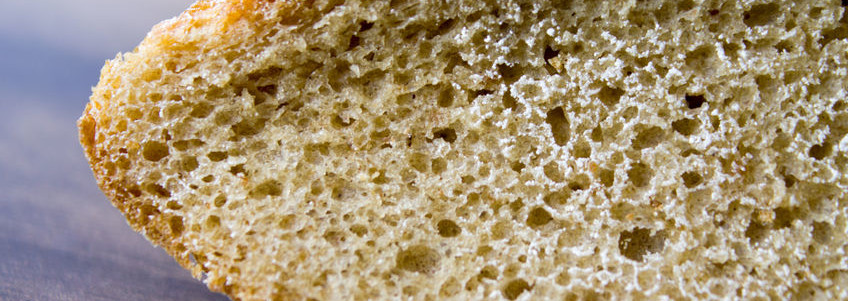
Someday, your products will go stale. Recrystallization of the starch molecules, gluten cross-links and moisture re-distribution are the main causes. Thankfully, there are ways to at least keep this process at bay!
How to slow staling with ingredients
- Enzymes: alpha amylase, pullulanase, lipase, lipoxygenase, protease and other non-starch polysaccharide-modifying enzymes help decrease staling.
- Surface Active Lipids: DATEM, SSL, lecithin and monoglycerides all decrease it.
- Other ingredients: Fat, wheat gluten, high protein flour, shortening, gums and sugar all help prohibit staleness by helping retain water in the bread and disrupt cross-links.
- Find more causes and solutions in our technical paper!
How to slow staling with your process
- Storage Temperatures: Keep them around 2°C (77°F) or -18°C (-0.4°F) and avoid temperatures above 4°C (39.2°F).
- Moisture Migration: lose as little moisture as possible. It speeds up reactions responsible for staling.
- Processing: keep baking temperatures low and loaf volume high.
How to measure staling
Before you know how much to adjust your formula and process to stop staling, it helps to know just how much your product stales, and how quickly it does it. Here are a few tests that can help:
- Rheological methods: Uniaxial compression and pasting properties
- Thermal analysis
- Infrared spectroscopy: Fourier transform infrared (FTIR), near infrared (NIR) reflectance, and nuclear magnetic resonance (NMR) spectroscopy
- X-ray crystallography
- Microscopy: Transmitted and polarized light, confocal laser scanning(CLSM) and electron
- Sensory/organoleptic tests
Want to learn more? Download our paper on staling causes and solutions!

